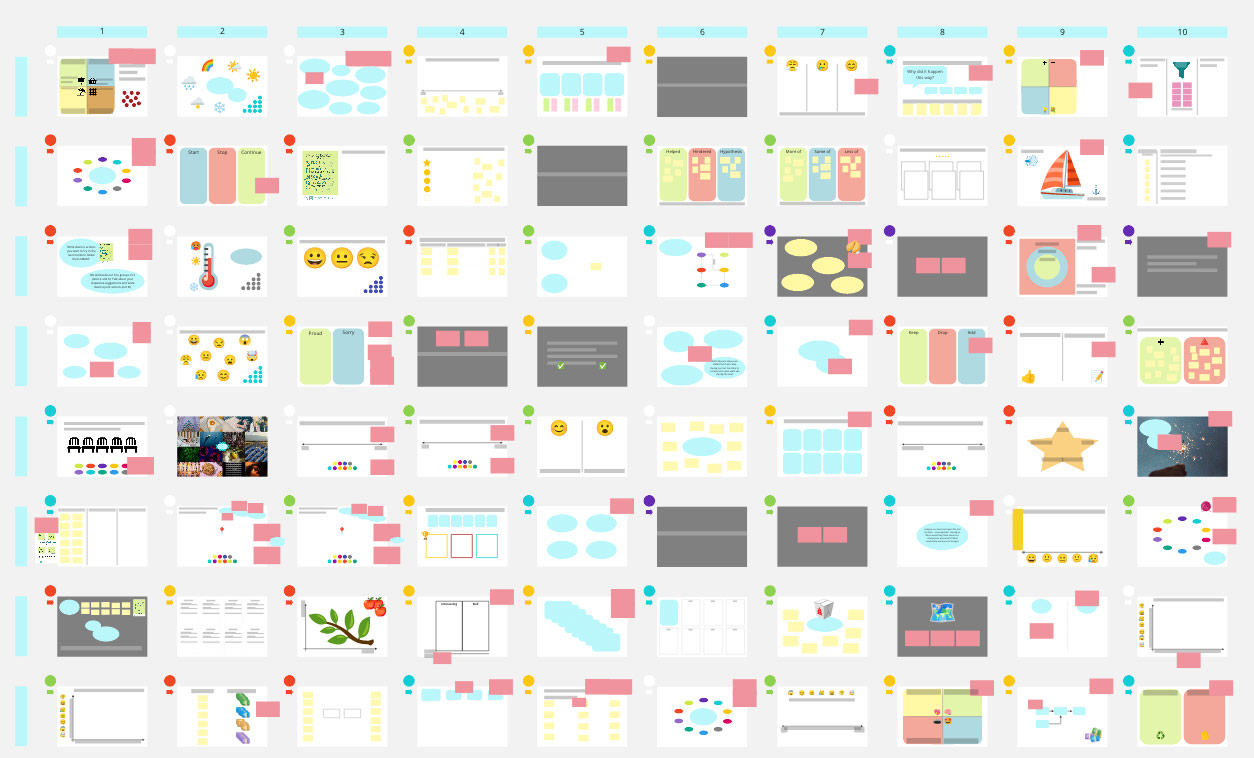Who said it?
(#106)
Attribute quotes to team members and situations
Source:
Beccy Stafford
Before the retro, spend some time looking through email threads, chat logs, ticket discussions, and the like. Collect quotes from the last iteration: Funny quotes, or quotes which without context sound a little odd. Write them down with the name of the person who said them.
Read out the quotes at the beginning of the retro, and ask the team to guess who said it - the source may not self-identify! Often the team will not only know who said it, but also talk about what was going on at the time.



